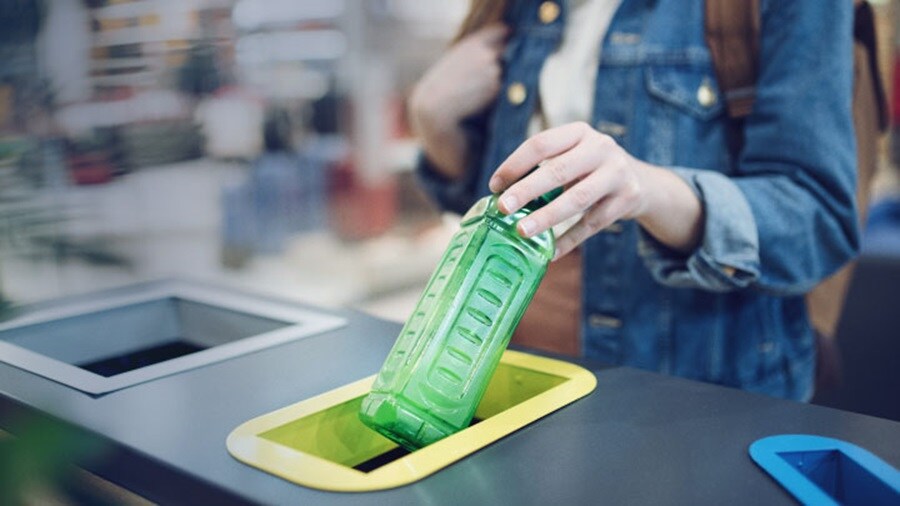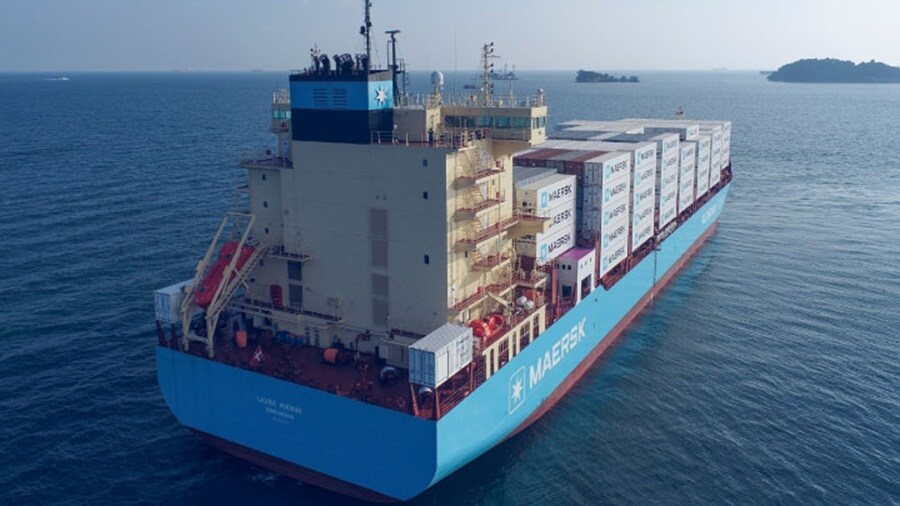What goes around, comes around. This is a smart, succinct description of a circular supply chain — a circular economy focused on the efficient use of materials, reduction of waste and recycling of materials.
Unfortunately, it doesn’t describe most FMCG supply chains today. There’s still more work to be done to reduce, reuse and recycle what goes around. With the growing focus on environmental impact, our customers are looking for ways to add circularity and avoid landfill.
The notion of landfill is itself a good enough reason to strive for a circular supply chain, but it’s not the only reason. Consumers want to buy products with a smaller carbon footprint –makeup casings made from biodegradable plastics or reformulated cleaning products that use less water . Governments too are legislating to make this happen (the United Nations Treaty on plastic pollution is expected to reach a binding agreement in 2024).
So, a circular supply chain makes good business sense in that it’ll attract new customers and avoid compliance-related fines. And a circular economy makes sense because it gives products a longer life, or a new life, or reuses the raw materials for something else.
It's agreed, circular supply chains are a good idea. But it’s not so simple to create one. This is where technology plays its part; digitalisation of logistics processes gives us the data, visibility, collaboration and control to coordinate a circular economy.

Models of circularity
There are various models for a circular economy, most of which involve Rs. The three Rs model focuses on Reduction, Reuse, Recycle.
There’s also the nine Rs model: Refuse (make the product redundant), Rethink (intensifying the product's use), Reduce (increase efficiency in production or use), Re-use, Repair, Refurbish, Remanufacture, Repurpose (a new product with a different function), Recycle and Recover (incineration of materials with energy recovery).
Besides the three Rs and nine Rs, other strategies are available, such as slowing (the extension of a product's lifetime), closing (recycling) and narrowing (using fewer resources per product).
Whatever model is chosen, one of the challenges that comes with running a circular economy is that recycling isn’t energy-free itself. It requires reverse logistics to collect products from end users before the disassembly process can be started, all of which is energy and resource-intensive. AI-powered analytics technology, using data generated from up and down the supply chain, can determine the most efficient methods, including where, when and how recycling takes place.
Due to the complexity of a circular economy, the input of digital tools can help squeeze every ounce of efficiency from the process. For example, using blockchain technology, each organisation in a circular economy can monitor the movement of materials, components and products throughout the supply chain. This technology might require substantial investment for its infrastructure, development and integration, but there are ways to find efficiencies. For example, if aggregators created a platform where individuals could log a request for collection from an e-commerce company, the infrastructure wouldn’t have to be created from scratch. Rather, companies can utilise the infrastructure that already exists. Using the blockchain helps maintain standards of truth, trust and transparency between all stakeholders for better collaboration, innovation and decision-making.
The visibility that technology brings is central to designing and nurturing circular supply chains. However, it’s clearly a challenge: only 53% of consumer product companies have significant or complete visibility into their own process and only about 21% have visibility into their supplier processes. A blockchain platform or centralised data management system helps shine a light on these blind spots. The work doesn’t stop here.
The most valuable data is that which shows where the used products that need recycling are –empty milk bottles, toothpaste tubes or shampoo containers – and this data doesn’t yet exist. When we get precise location data of these used recyclables, we’ll be able to close the loop more effectively and develop more complete circular FMCG supply chains.

Customer participation
Engaging the end customer in the circular economy is an effective way to drive success. For example, a business might deliver its products in reusable packaging.
Once used, the customer returns them, and they’re cleaned for reuse. "It’s not dissimilar to the way we once delivered milk,” explains Dr Marco Aurisicchio from the Dyson School of Design Engineering.
Another model is ‘exclusive reuse’, where the consumer buys and owns the container and refills it.
Some FMCG manufacturers operate schemes where users can refill their containers at supermarkets, while others send concentrated products directly to the consumer, who can mix them with water to refill their containers.
Technology assists both models, as it enables consumers to connect with manufacturers and retailers to arrange refills, locate stores or understand the real impact their individual efforts make.

A positive network of partners
In large FMCG supply chains, no one owns the whole system, so the challenge is getting all stakeholders aligned to tackle the problem constructively. Working with a strategic, end-to-end logistics partner, one that understands the importance of circularity, will help.
If you’re ready to start enabling technology platforms to capture customer requests and details within your FMCG supply chain, Maersk has the tools, the industry relationships and the reverse logistics capabilities to integrate this process and help you adapt your supply chain for greater efficiency and less waste.
At Maersk, we’re looking to use the power of digital technology and the opportunities found in digitalisation to accelerate ambitions for a circular supply chain for ourselves and our customers.
Learn more about how you can make your supply chain more efficient
Anything you need, we’re here to help
I agree to receive logistics related news and marketing updates by email, phone, messaging services (e.g. WhatsApp) and other digital platforms, including but not limited to social media (e.g., LinkedIn) from A. P. Moller-Maersk and its affiliated companies (see latest company overview). I understand that I can opt out of such Maersk communications at any time by clicking the unsubscribe link. To see how we use your personal data, please read our Privacy Notification.
By completing this form, you confirm that you agree to the use of your personal data by Maersk as described in our Privacy Notification.
